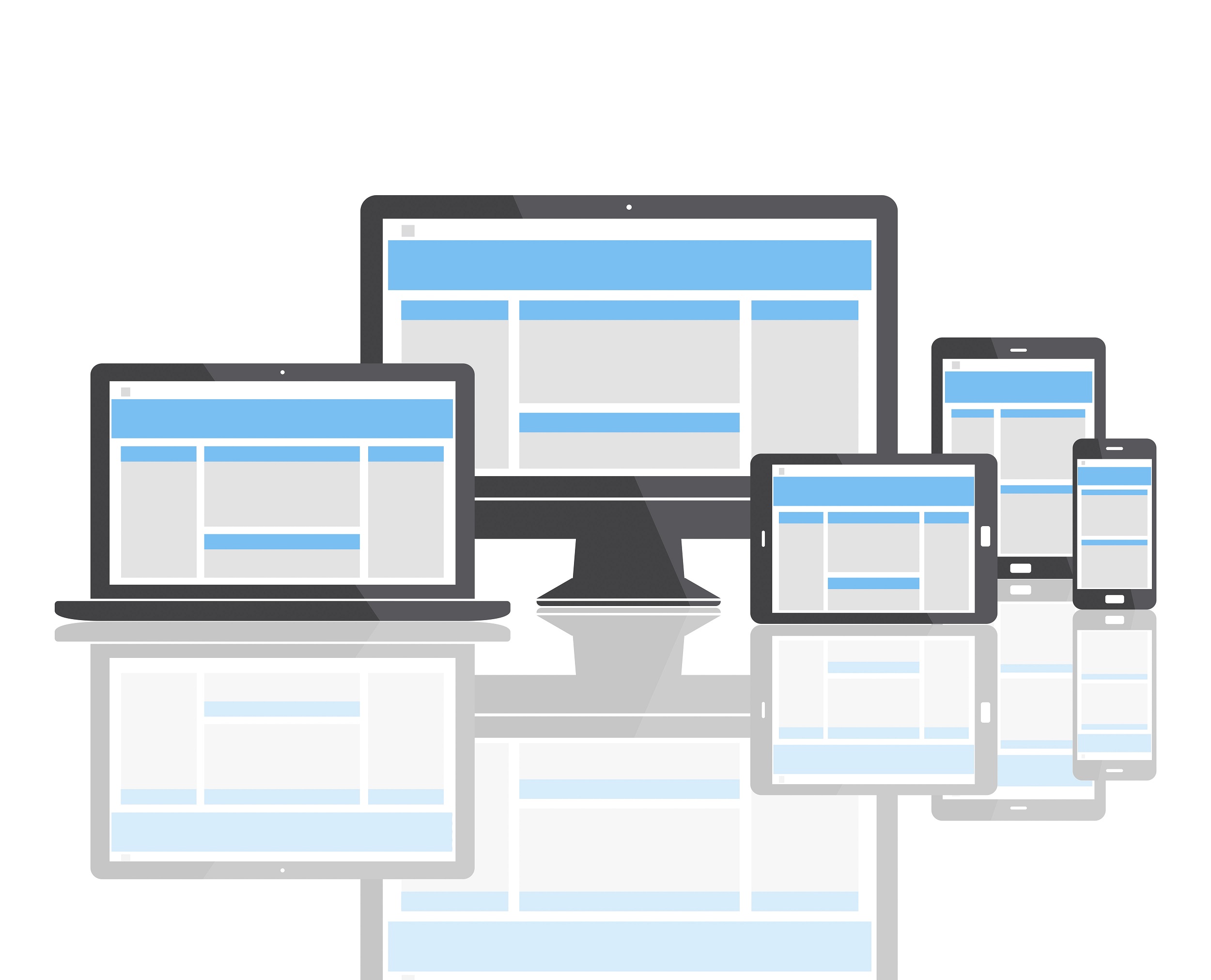Many users use the terms “portal” and “website” interchangeably. Even visually, a website and a portal can be similar: they can have buttons, menus, links, sections, etc. However, in their cores they are significantly different.
The key differences between a website and a portal are:
- target audience: typically, a portal’s audience is larger, broader, and more diverse;
- user rights differentiation in portals: for example, regular users can only view information on the portal, while moderator users can also edit and post it;
- intended purpose: a portal is designed to solve a broader range of tasks than a website.
A website is a set of web pages linked together and hosted on a server, intended for external users, clients, and partners.
A website can be created for:
- attracting an audience, retaining attention, and encouraging conversion actions such as calling, messaging with a question or ordering a product;
- distributing information from governmental and non-profit organizations or organized groups of people.
The target audience of a website can usually view all the information posted on the site without any restrictions.
What distinguishes a portal from a website?
Unlike websites, web portals are intended for a wider range of purposes:
- attracting and retaining a large volume of interested audience. This is the goal of most social networks;
- concentrating information in one place. For example, this is done by the unified portal of the financial market, where financial data of joint-stock companies are published;
- providing communication and interaction between users, for example, virtual communication between a doctor and a patient:
- giving access to specific services. For example, internet banking portals provide access to account status data, payment and transfer capabilities.
As mentioned earlier, different categories of users may not be able to access and edit certain types of information or certain services.
For example, on a job search portal:
- Job seekers can search for vacancies by different criteria, create their resume, communicate with employers in a chat.
- Employers can search for candidates, send interview invitations, pay for job postings.
- Administrators can set and control the rules for posting vacancies, moderates ads, monitors timely payment of services.
By purpose, there are:
- horizontal, or universal portals that include many tools and services of different directions. For example, yahoo.com, where you can create an email account, find news, weather forecasts, and financial data.
- vertical, or niche portals that contain information about one type of objects, goods, or services. As an example, clutch.co collects and processes information about software development.
The main difference between developing a web portal and creating a website is the level of technical execution and the variety of included services and applications.
What can a portal include?
From a functional point of view, the development of a web portal includes many tools and opportunities for users. Web portal services may include:
- communication tools: chats, mail, voice and video calls;
- personal accounts with differentiated access rights;
- search, filtering, adding, editing, moderating the data on the portal;
- tools for ordering and booking goods and services;
- mapping services, route tracking and planning;
- data exchange systems for external resources;
- file and document databases;
- service tools for portal users with special roles or rights: CMS, support operator’s cabinet, courier app, etc.
- specific services and applications for end-users of the portal: weather data viewing service, workout mode selection application, and many others.
When do you need a portal and when a website is better?
At first glance, everything depends on the scale – the larger the company, the more products/services it produces, and the more advanced electronic tools and services its customers need, so, the more likely it is to need a portal.
However, small organizations can also create their own portals. Typically, these are specific portals for a particular audience, such as a portal for residents of a small town, which will provide ads, news, chats, and discussions. Or it could be a portal through which the organization receives a large portion of its revenue, such as a portal for online tutoring or car renting.
What should you pay attention to when developing a portal?
Currently, web development has become much more advanced and provides many tools and ready-made applications, but keep the following in mind:
- The more languages, frameworks, and plugins you use, the more likely they are to conflict with each other.
- If you plan to use a builder or CMS and gradually build functionality and add new services, bringing it closer to a portal, you need to keep in mind the following: with each new addition, it will be increasingly difficult to maintain the website on that builder or CMS and as a single service with one database from an architectural point of view. The further this situation progresses, the sooner it will approach a critical point where the website performance gets critically low, site maintenance becomes very difficult, and conflicts between different components become unsolvable. Sooner or later that website will have to be reworked from scratch.
- The more functionality, services, applications, third-party integrations, technologies, frameworks, and plugins are used on your portal, the higher the likelihood of undiscovered security holes is, and accordingly, the more carefully you need to approach security issues.
Therefore, developing a web portal requires significant technical knowledge from qualified specialists: system architects, business analysts, designers, testers, and developers. They will develop an architecture that is efficient for load and scalability, create a system that is stable and compliant with legislation regarding security, explore all possible shortcomings, and of course, make the portal convenient and visually appealing to users.

